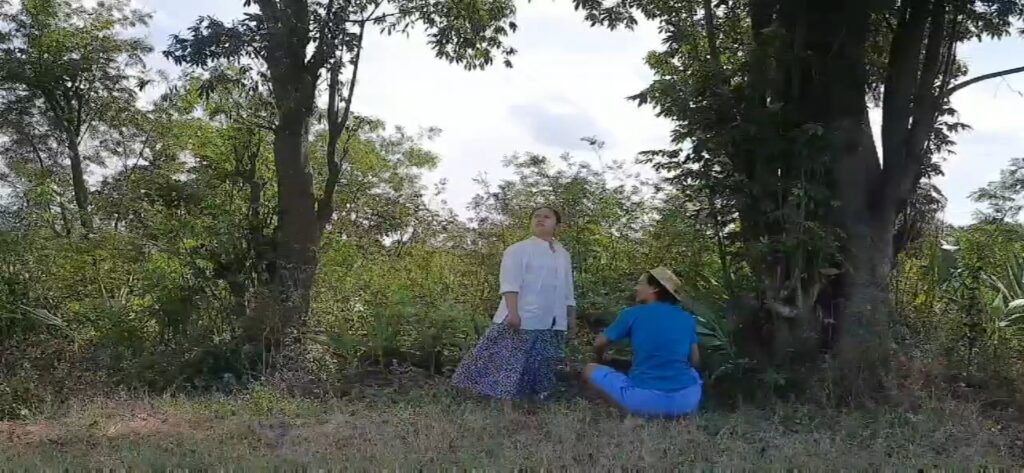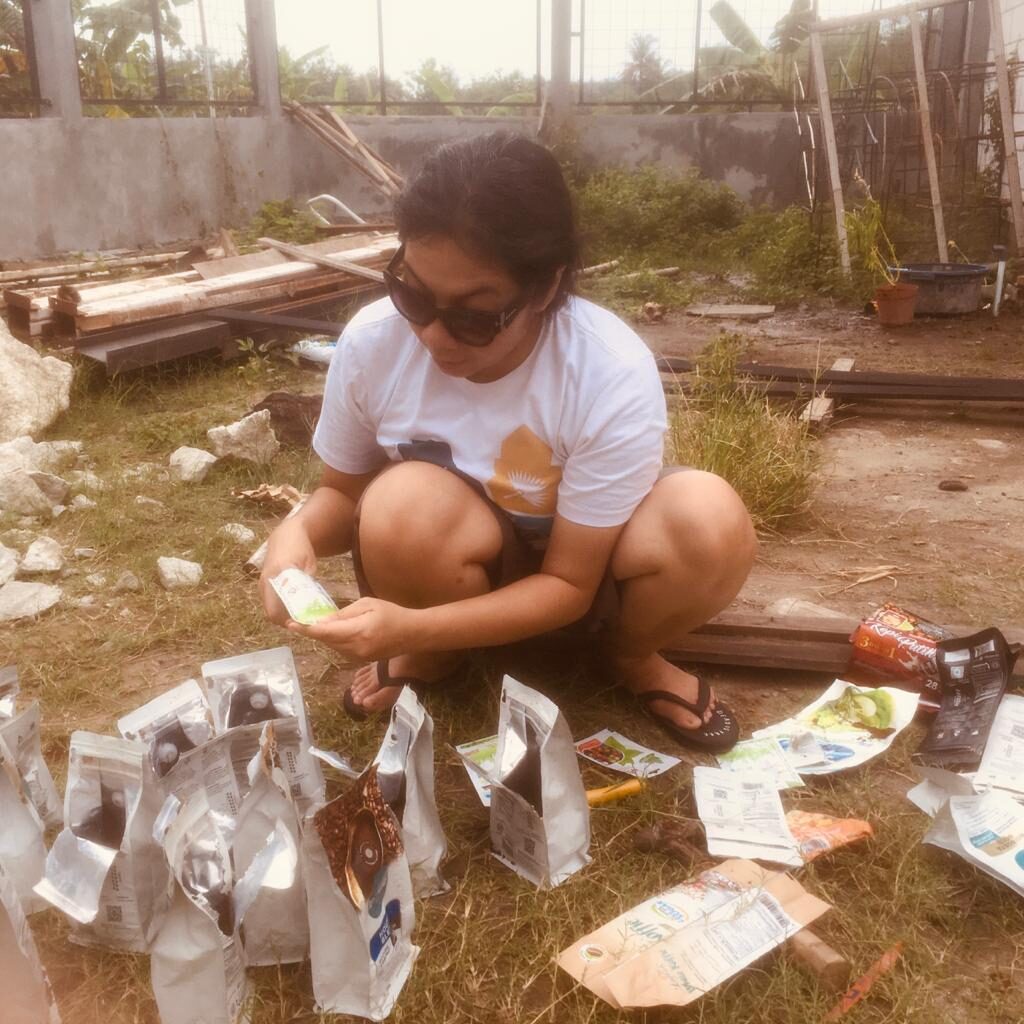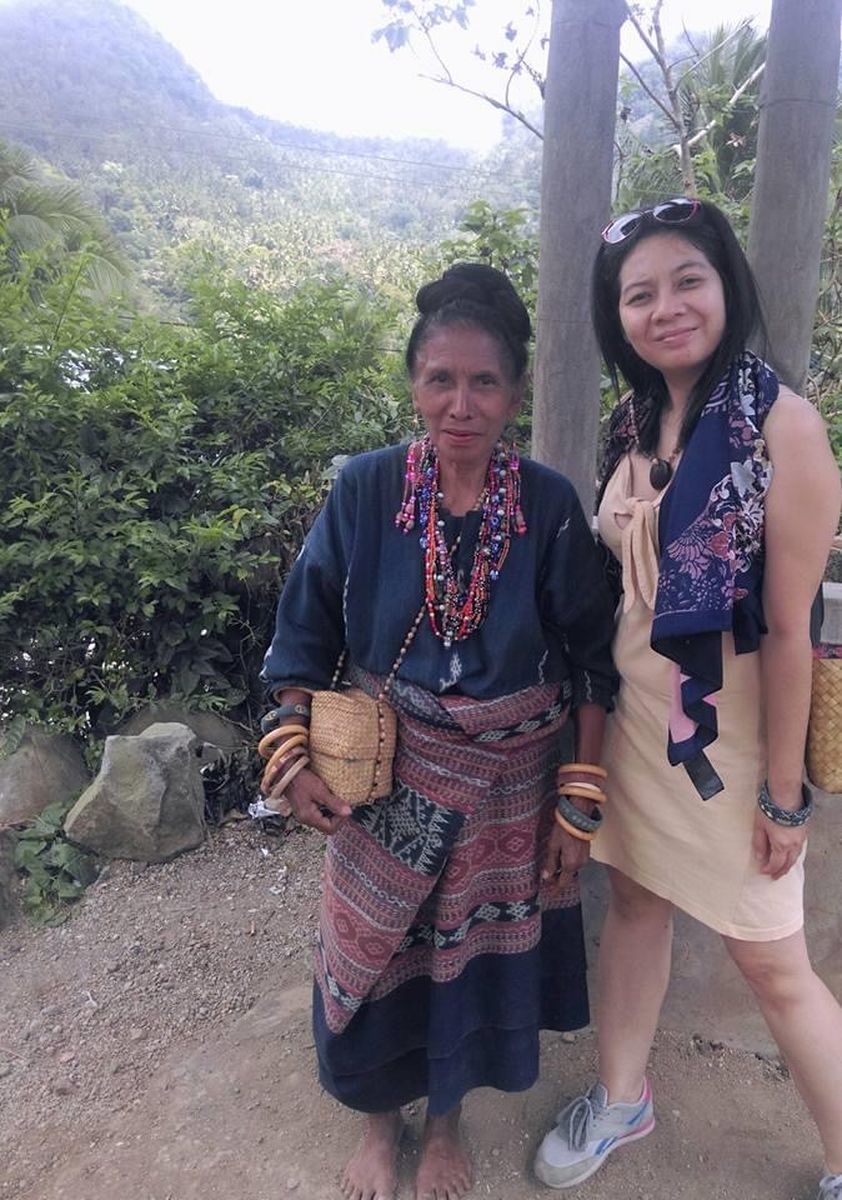INDONESIA. Yogyakarta. The cultural sector has been heavily compromised by COVID-19. Globally, museums have closed and still limit visits, theaters and cinemas have seen a significant attendance drop once reopened, productions have stopped or been postponed, artists lose their jobs and struggle to finance their work. The entire sector is at risk and its agents look for innovative solutions worldwide.
The precedent set by the austerity response to the 2008 financial crash, suggests culture will not be a priority this time around either. But regardless of how much the state publicly invests in cultural access and production, civil society along with cultural agents are mobilizing to address social issues on their own.
In this article, Alia Swastika, curator, writer, and academic, talks to Transcontinental Times to share how COVID-19 has affected the work of artists in Indonesia. She shares with us ideas and projects, and the reasons why it is so important to talk to your neighbors.
Social honesty and solidarity
The Indonesian cultural sector did not have much support from the government before COVID-19 hit it. “There is neither a developed art market nor a real sponsorship culture” Alia explains. So when faced with the crisis, the sector was aware it could rely only on its people.
“We quickly learned what artists were having problems. Collectives and organizations created fundraising strategies to gather food and money for artists and for open public kitchens. Some money reached them also from previous international shows.” Alia continues.
“We cannot help artists as an institution, at first I was helping personally. It is very important to connect personally in this kind of situation, to avoid bureaucracy, taking your time and energy to know your neighbors. COVID-19 is a situation that allows us to relate differently to each other, to connect to people you are normally not aware of, to talk openly about the economical situation. It developed social honesty. By talking to people you understand the other’s difficulties.” Alia explains.

Photo Credit: Ficky Tri Sanjaya and Aik Velaand and Potluck Teater
Technology and its opportunities
Alia shares examples of what young performers and photographers are doing. Some of the latter decided to reduce their artwork prices by enlarging the number of prints per edition. According to Alia, this can be a good move to ensure they reach their public. Online exhibitions can be a way to reach their audience also, but for the time being, she sees the impact is very limited in terms of sales.
But Alla seems confident: “technology is bringing new opportunities, new strategies to reach new audiences. It offers a new access point to art for many people. Also, artists are changing how they produce but also how they do research and how they collaborate. Right now, it is more important to experiment than to do nothing.”
Performers in Indonesia, on the other hand, are moving from the stage to the camera. “Some started writing small scrips and filming in their houses. They show them online, selling tickets.” The initiative is working well locally and performers study including English subtitles also.


Creating access, enlarging the audience
Another tool Alia uses is online classes. Alia has been teaching throughout the last months online and it has enlarged her audience. People who were too busy to attend classes did it during the pandemic.
She even kept attendance of a reduced class for young artists and curators during these months for the Biennale Jogja Foundation. “I really took the chance to develop more education programs and to spend more intense time with younger generation art practitioners.” In both cases, the result has been positive, more people have had access to art classes and young artists have shared more about their practices.
Read also: The Platform Will Continue Working Also After We Will Be Back To Normality: Andrea Baldi
According to Alia: “two things are equally important, access to art and knowledge about art.” She intents to facilitate access to art to a larger audience, underlying the link between cultural production and daily life and thus breaking the pervasive elitist perception of art.
Art is connected to everyday life
“Some artists have changed their way of life, but don’t talk about it. I myself have reduced waste considerably.and started a farming initiative, working with local farmers. The good thing about the pandemic is you can have a new idea about yourself and about the other.”


According to Alia, the changes induced by COVID-19 go way beyond a daily routine or new technological tools. They touch the ways we perceive and relate to each other. In this highly introspective process, the crisis seems to Alia to be affecting the role we play within the community.
Engage with your community
In her work, Alia decolonizes art history: “Art is identity building”. Connecting to contemporary art can be particularly challenging if the references are foreign. “Art history in Indonesia is based on western art… we study Picasso, and it happens that our art sometimes is not considered art. It is difficult to connect art to the local everyday life, which is where it comes from. This is a very important point to understand, the relation between art and the community.”
“In our culture, we live as a community, this is not something new that has happened with COVID-19. Community helps us overcome situations like COVID-19. What is new is that we are challenging the idea of social solidarity, that is, how each one connects to the community: as a citizen, or as a curator, or as an artist. You have to bring yourself as part of the community. That’s what solidarity is.”



